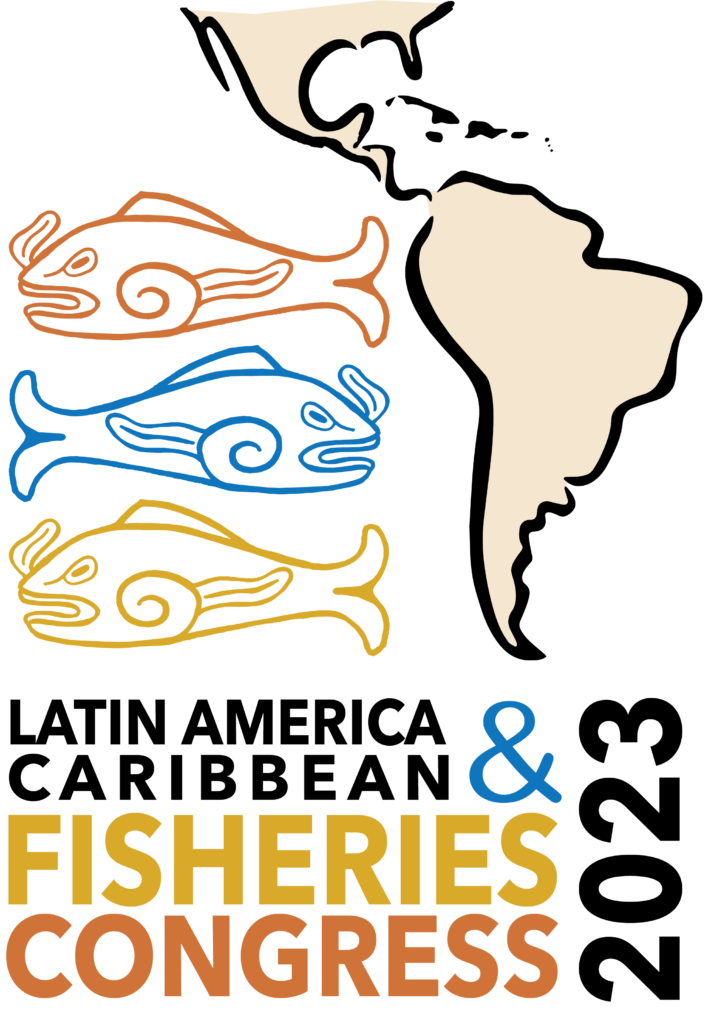Characterizing the movement and population connectivity of highly migratory fish species can be challenging but is particularly critical for species that require multilateral stock assessment and cooperative management efforts. Several techniques exist to quantify movement rates including capture data, conventional tagging, acoustic and satellite tags, genetic molecular approaches, and natural chemical tags such as elements and isotopes in calcified structures and soft tissues of fish. Each technique varies on the spatial and temporal scale of resolution, from very fine (electronic tags) to broad (genetic and chemical). This session will focus on studies using diverse methodologies to gain better understanding of migration patterns, habitat use, and population connectivity of highly migratory fishes.
Organized by:
- John Mohan, jmohan@une.edu
- R.J. David Wells, wellsr@tamug.edu
- Oscar Sosa-Nishizaki, ososa@cicese.mx
- Sharon Herzka, sherzka@cicese.mx
- Juan Carlos Pérez Jiménez, jcperez@ecosur.mx

